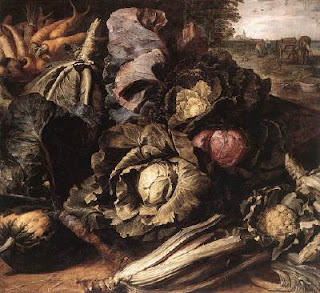
Facade.com is a website that offers free on-line Tarot card readings from a variety of decks, along with rune readings, I Ching and other features. One of those other interesting features is
their Stichomancy option, which spotlights an old form of divination wherein a person flips open to a random page of a book and tries to gain insight from wherever he or she happens to turn to. There are categories like Biblical, classical or historical texts, along with passages from mysteries, plays or poems – or you can just allow a computer-generated extra-random choice.
A random whirl of the pages today brought up this excerpt from Honore de Balzac's Juana:
Montefiore forgot the pillage, and heard, for the moment, neither the cries, nor the musketry, nor the growling of the artillery. The profile of that Spanish girl was the most divinely delicious thing which he, an Italian libertine, weary of Italian beauty, and dreaming of an impossible woman because he was tired of all women, had ever seen.
I don't know that this particularly divined anything in my life but the story sounds intriguing, what with the jaded libertine and all. It also brought to mind the featured 1855 painting Portrait of a Spanish Lady by Gustave Courbet, who was something of a libertine himself.






















